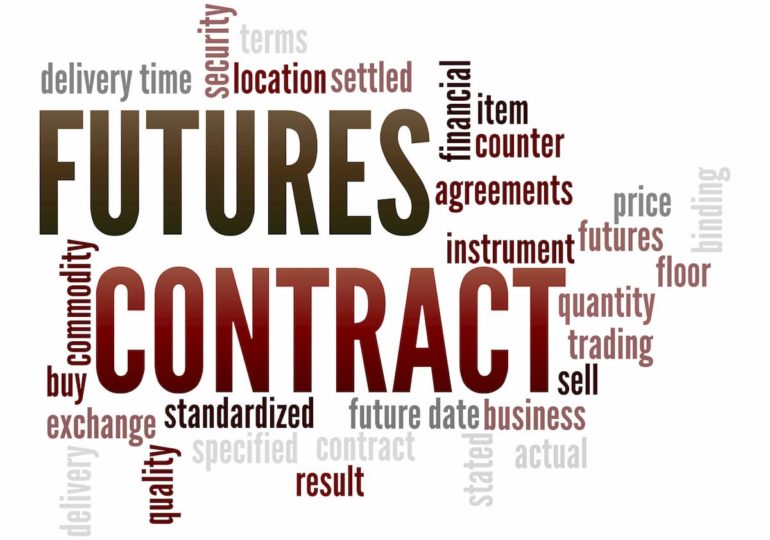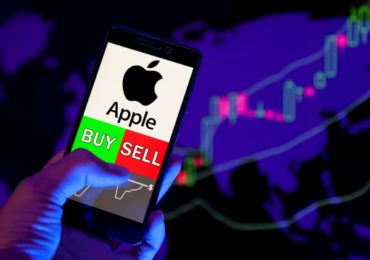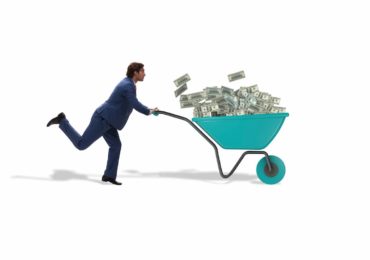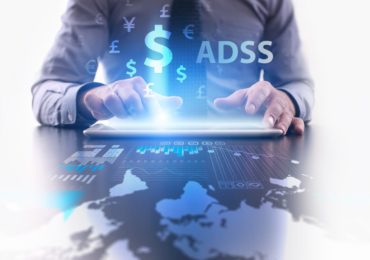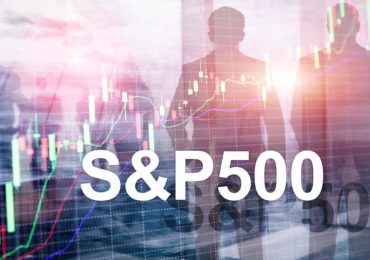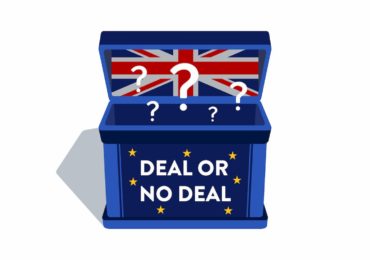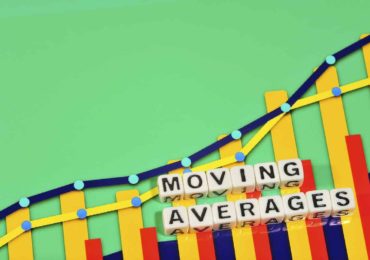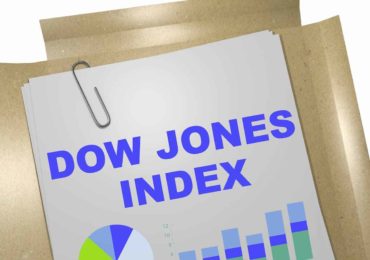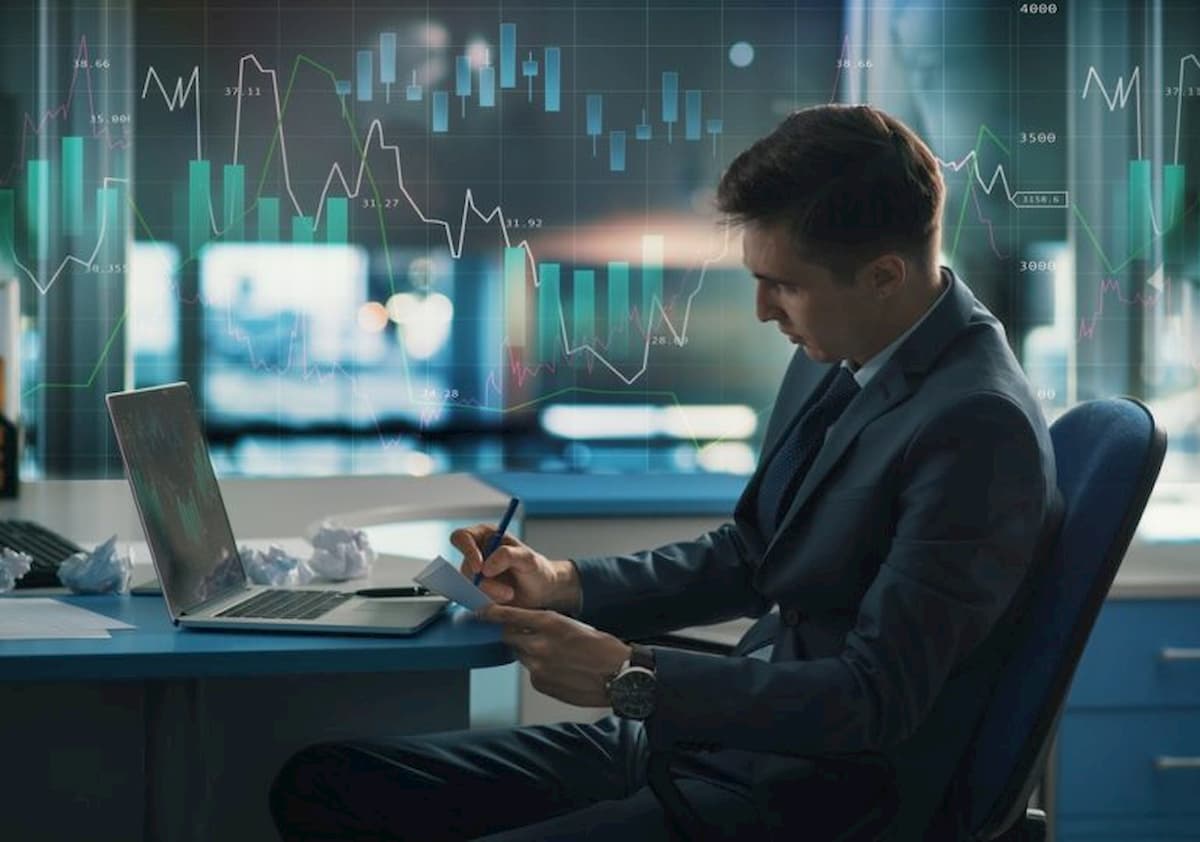How to Trade Futures for Beginners
Before we start this beginners’ course on how to trade futures, I believe the best and first place to start is the definition of futures or futures contract, as many call it.
What is a futures contract?
A futures contract is an agreement to sell or buy a specifically agreed asset at an agreed upon future date and price. These futures are organised documents with agreements that trade on an exchange. One side agrees to buy a commodity, or a specified quantity of securities, and take delivery at a specified date, while the other side of the contract agrees to provide the commodity.
This financial market, known as the futures market, can be used by all kinds of investors, ranging from financial players, investors, and even companies that want to supply or deliver a particular commodity at a future date. To help you understand and determine if the futures market is for you, let us consider the following:
The analysis of how futures work
Futures allow you to secure a particular price and protect yourself against the possibility of price swings that may come up at any future date. To help you understand the concept of futures, we will be looking at some examples in later sections.
Even with this, you have to understand that not everyone in the futures market wants to exchange a product for the future. These are investors who wish to make instant money from the changes in the price of the contract. If the price of gold increases, the futures contract turns out to be more valuable, and the owner of the contract should sell the contracts for more money in the futures market.
These sorts of traders will buy and sell the futures contract to wager on price differences and movements, not to take delivery of the primary commodity. With hedgers, investors, speculators, and others selling and buying on a daily basis, there is a dynamic and relatively liquid market for these contracts.
Futures – more than commodities
Commodities are a big part of trading futures, but this market does not just represent any commodities – it’s much bigger than that. You can trade shares of ETFs, bitcoin, bonds, and individual stocks. Some traders enjoy trading futures because they can take a significant position while risking a small amount of cash. This gives them a better possibility of leverage; better than just owning the commodity itself.
Many investors, when thinking about buying an asset for futures, expect that the price will go up in the future. However, short-selling investors always do the exact opposite, as they borrow money in anticipation of an asset price fall so they can buy at a lower price later.
A typical example of the futures market is the US stock market. Any investor who wants to hedge exposure to stocks might short-sell a futures contract; if the stock price falls, money has been made on the short, complementing the investor’s exposure to the index. Equally, that same investor can have confidence in the future and buy a long contract; that way, they gain a lot of upsides if the stocks move higher.
What do we have in a futures contract?
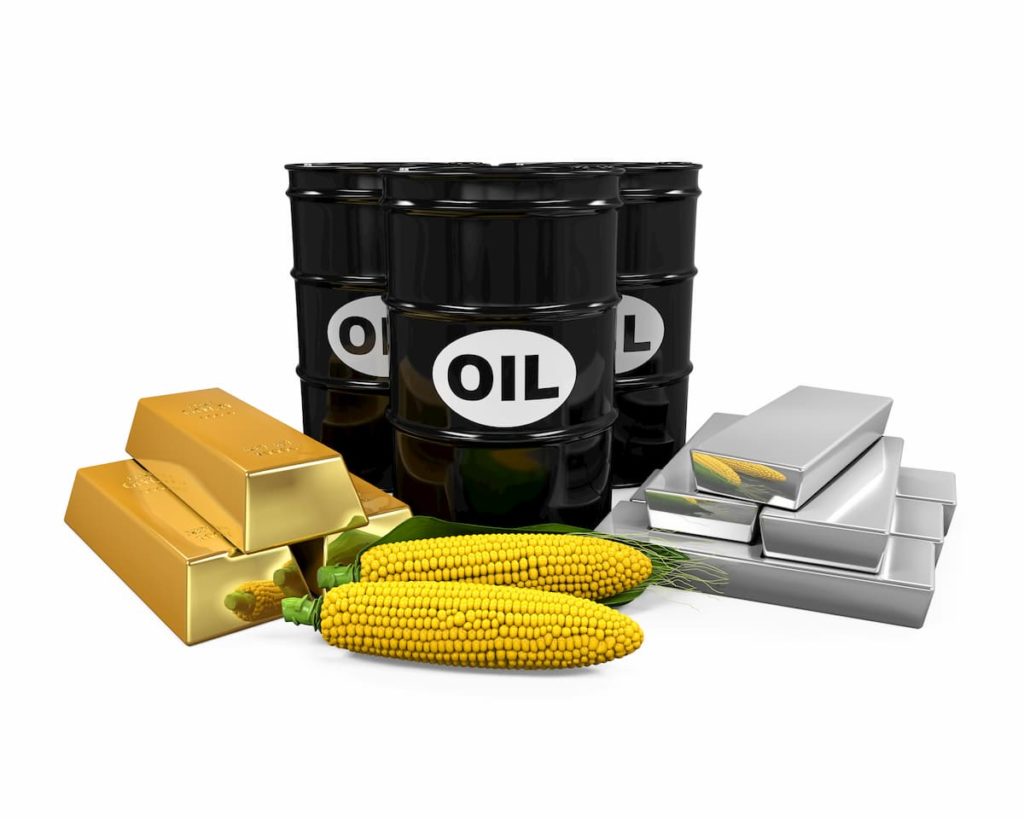
A futures contract that you can sell or buy over exchanges is uniform. Every futures contract will naturally specify every single parameter of the contract, such as:
- How the trade would be settled – either as a cash settlement or the physical delivery of goods
- The unit of measurement
- The quantity of goods to be covered or delivered under the contract
- The currency denomination under which the contract is agreed
- The currency under which futures are quoted
- Quality or grade of goods, when appropriate. This could be a certain quality of gold that should be delivered
If you have it in mind to start trading futures soon, be careful of taking physical delivery. Most traders do not want to worry about signing for the agreed upon commodities at contract expiration and begin to wonder what to do with the commodities delivered.
Risks associated with trading futures – margin and leverage
Many investors and speculators borrow a significant amount of money to invest in the futures market, as it is one of the best ways to amplify small price movements, which create sizeable profits that justify time and effort spent on it. However, there is risk associated with borrowing money for such an investment because if the market moves against you, and more so, in a way you do not expect, you could lose a lot of money in the process.
In the futures market, leverage and margins are liberal compared to the security trading market. You can leverage 10:1 or even 20:1 on the platform of a commodity broker, which is much higher than you can get in the stock world where the exchange sets the rules and regulations.
Higher leverage means better profits and a more significant potential of losing your money. A little change in the price of 4% can cause an investor who is leveraged 20:1 to lose all of his investments at the same time. This means that the investor has to make sure parameters are understood before investing due to volatility. The investor, no matter how much is in view, needs to protect himself from any unnecessary risks when trading futures.
The options market is a better investment option if a risk seems to be too much for you as an investor.
How to trade futures
The futures market is relatively easy to start. The first thing you need to do is open an account with a broker who supports the type of market you want to go into. Some of the things that are going to be asked of you as a futures broker are your income, net worth, and trading experience. With these questions, the broker can determine the amount of risk you can take on, in terms of position and margin.
The futures trading platform is not uniform in terms of fees and commission structures, and this is because the services provided by different brokers vary. While some give you a chart and a quote, some provide you with a great deal of advice and research, showing the distinctiveness in various services.
Some brokers even allow you to open a virtual commodities trading account where you can practise before committing real money to trade. This is a simple and effective way to determine how much you understand the futures market and how the commissions and leverage interact with your selection. Trading with a broker who gives you the chance to make use of a virtual account is a wise choice so that you can better understand what the market entails as well as your trading strategies.
Most of the experienced investors who know how to trade futures often make use of virtual trading accounts to test new strategies, as some brokers allow you to access the full range of services even on a virtual account – this is to be considered when selecting brokers.
Global futures exchanges and regulatory bodies
There are many futures exchanges around the world today, providing hedgers, companies, and speculators with the opportunity to actively trade futures contracts based on many assets. If you are interested in the trading opportunities available in the futures market, here are some of the exchanges that are likely to facilitate the trade:
- Eurex
- National Stock Exchange of India Ltd.
- B3
- Intercontinental Exchange (ICE)
- CME Group
Each and every one of these exchanges has a base country of operation, but since the futures trading market is a global market, many of these brokers have different branch offices around the globe.
The regulations guiding the futures market are known as ‘self-regulation’ alongside oversight from a jurisdictional authority. For instance, the CME Group functions as a self-regulatory board in the United States. However, the entire commodities futures trading commission supervises the entire futures trading industry in the US, in addition to the CME Group’s self-regulation. Trading operations are therefore conducted according to the adopted fair-trade policies for the transparency and authenticity of the marketplace activities.
Full execution sample of futures trading
No matter the type of futures contract involved in a transaction, the process of placing a trade is standard. At the moment, active trading of futures is a digital exchange-based venture, with the trading operations being conducted by the trader online with the use of an internet connection with the exchange involved.
Let’s say, as a trader, you decide to buy one lot of January 2018 crude oil at a price of US$60. Once the order is placed by the trader, there are a lot of things that happen:
- One CLK6 order is sent from the trader’s platform to the brokerage firm, all at the instance of the order placement by the trader.
- Once the brokerage firm receives the order, the order is put under a liquidity test, to make sure that the requirements of the margin are met. If these requirements are met, your order is relayed to the exchange by the brokerage firm.
- The order is received by the exchange, where they make sure that both parties have played their part in the imminent deal. Then the order is accepted, and an authorisation is granted to the brokerage firm.
- The brokerage firm then forwards the accepted deal confirmation to the trader.
Once the buy order is completed, for crude oil at $60, the trader is therefore long of one lot of crude oil. As the price moves for and against the entry, a spread for profit and loss is kept, and based on the result of the outcome, a trader’s account is either debited or credited depending on the outcome of the trade.
As the trader closes the position, an offsetting order is processed with which a loss or profit is realised. In this case, if the long position is closed by the trader, at US$60.10, then a profit of $120 is achieved. If the price movement goes against your entry, at US$50.90, with the position later closed, a loss of US$120 is achieved.
Bottom line
Just like other trading platforms, and other business opportunities, trading futures is a profitable platform for making a lot of profit with information and tenacity to know more about what the futures market has to offer. Although the futures market is one with high risk margins, it is right to point out that there is no investment without risk and to be offered one which is risk-free is a path to a loss of funds.
This article is designed to enlighten you on the benefits as well as the disadvantages attached to trading futures contracts. When you visit the broker’s website, you find a lot of information about how you trade futures, as well as the rules guiding this sort of trade. The problem with this sort of information is that they leave out a lot of information, particularly about the risks and disadvantages of trading futures and commodities.
This is the reason why we have come up with this informative and unbiased information about the subject matter, allowing you to make your trading decisions based on the availability of useful information rather than getting sweet-talked into the process,
Trading futures is a good investment plan if you have it in mind. This beginners’ guide will help you understand all you need to know so as to help you make the best of your opportunities.
The content provided in this article is intended and must be used for informational purposes only. One of the most important things for you to do is make your research based on your personal circumstances. You may also take the advice of your independent financial advisor in connection with any information you have received from this article and wish to rely upon, whether for the purpose of making an investment decision or otherwise.


